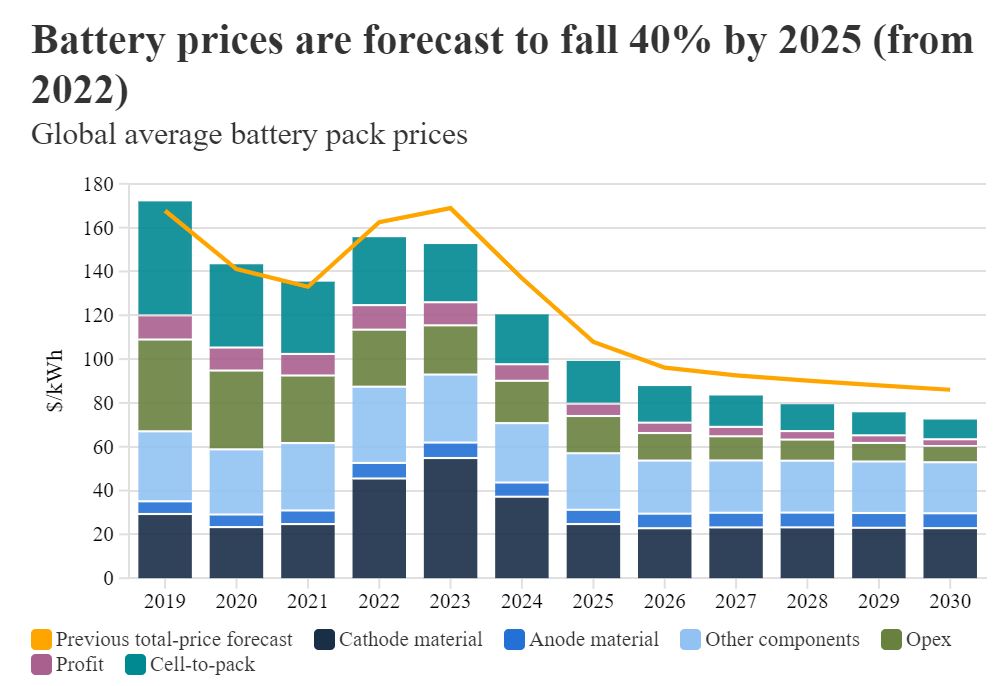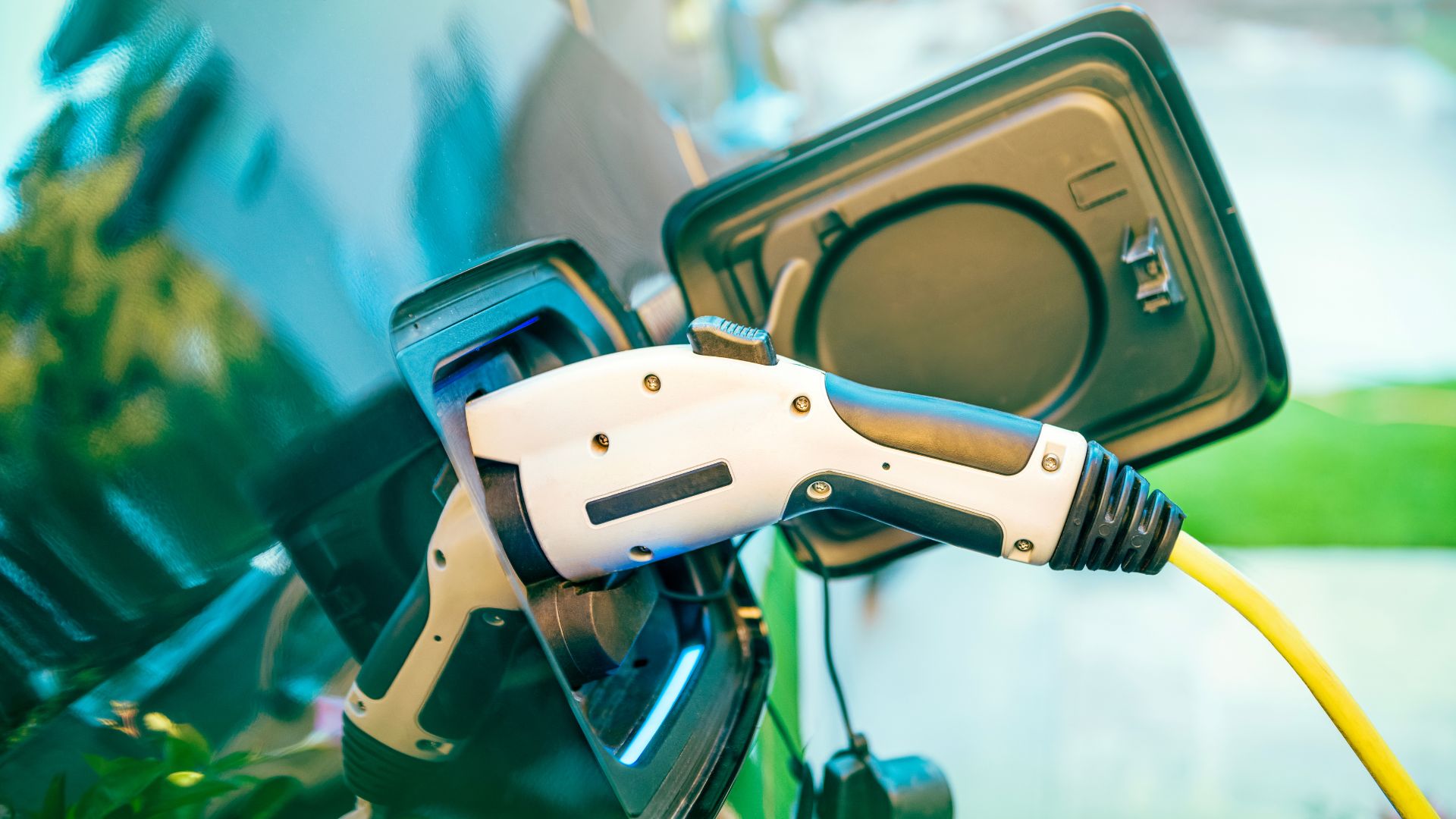In the evolving energy and transportation landscape, vehicle-to-grid (V2G) technology stands out as a groundbreaking innovation with the potential to transform how we think about energy consumption and sustainability. V2G enables electric vehicles (EVs) to draw power from the grid and send it back, creating a dynamic and interactive energy system. Amidst the global challenges of climate change and energy security, V2G technology presents a compelling solution by leveraging the capabilities of electric EVs to support grid stability, facilitate the integration of renewable energy, and foster sustainable urban environments, providing a reassuring path forward.
The Power of Innovation in V2G Technology
Innovation is the lifeblood of V2G technology. At its core, V2G enables bidirectional energy flow between EVs and the power grid. This condition means that when plugged into a bidirectional charger, electric cars can both draw energy from the grid and supply energy back to it. This concept, though simple, has profound implications for energy management and sustainability.
Early pioneers like Willett Kempton and Steve Letendre laid the theoretical foundations for V2G in the late 1990s, envisioning a future where EVs could act as distributed energy resources. Today, technological advancements have brought this vision closer to reality. Modern inverters, sophisticated energy management systems, and improved battery technologies have made it feasible to implement V2G on a larger scale.
As technology evolves, so do business models and regulatory frameworks that support V2G integration. Companies like We Drive Solar are demonstrating how V2G can be economically viable by using EVs as mobile energy storage units that balance supply and demand on the grid. These initiatives show that V2G is not just a technological novelty but a practical solution with significant economic and environmental benefits, offering a promising future.
Sustainability: The Heart of V2G
While innovation drives the development of V2G technology, sustainability propels its adoption. As the world shifts towards renewable energy sources like wind and solar, their intermittent nature challenges grid stability. V2G technology offers a way to smooth out these fluctuations by using the stored energy in EV batteries to supply the grid during periods of low renewable generation and absorb excess power during periods of high generation.
This dynamic interaction supports grid stability and aligns with broader efforts to decarbonize the energy system. By decreasing dependence on fossil fuels and improving the incorporation of renewable energy sources, V2G plays a crucial role in significantly lowering greenhouse gas emissions. Moreover, it supports the transition to a circular economy, promoting more efficient and sustainable use of energy resources.
Beyond carbon reduction, V2G offers additional environmental benefits by promoting the use of EVs and reducing the need for stationary energy storage infrastructure. This holistic approach to sustainability ensures that V2G's benefits are felt across the entire energy and transportation ecosystem, making it a key component of future urban planning and energy management strategies.
Trends Shaping the Future of V2G
As sustainability becomes a central focus, several key trends are shaping the future of V2G technology and its role in promoting innovation and sustainability. Several key trends are shaping the future of V2G technology and its role in fostering innovation and sustainability. Our solutions are at the forefront of analyzing these trends and providing actionable insights to stakeholders across the industry:
- Increasing EV Adoption: The global market for electric vehicles is increasing. According to the Global EV Outlook 2024 from the International Energy Agency, nearly 14 million new electric cars were registered globally in 2023, totaling 40 million on the roads. This data marks a 35% increase from 2022, with sales exceeding forecasts. Electric cars now represent 18% of all cars sold, up from 14% in 2022 and 2% in 2018. Battery electric cars make up 70% of the 2023 electric car stock, highlighting the market’s robust growth and maturity. This rising adoption provides a substantial base for V2G integration.
- Falling Battery Costs: Goldman Sachs Research expects battery prices to drop to $99 per kilowatt hour (kWh) of storage capacity by 2025 — a 40% decrease from 2022 (the previous forecast was for a 33% decline. This reduction in cost makes V2G more economically attractive by lowering the overall investment required for widespread implementation. Evalueserve’s R&D services help optimize battery technologies, ensuring they are both cost-effective and durable.
- Regulatory Support and Policy Mandates: Governments worldwide are setting ambitious targets for zero-emission vehicles and integrating renewable energy. For instance, the Dutch government has mandated that all new cars be zero-emissioned by 2030. Such policies create a conducive environment for V2G adoption by incentivizing the deployment of necessary infrastructure. Evalueserve’s policy analysis and consulting services help companies navigate these regulatory landscapes effectively.
- Technological Advancements: Continuous improvements in V2G technology, including more efficient inverters, advanced energy management systems, and improved battery chemistries, are enhancing the reliability and performance of V2G systems. These advancements are critical for overcoming technical barriers and ensuring the long-term viability of V2G solutions. Evalueserve’s innovation services are instrumental in driving these technological advancements.
- Collaboration Across Sectors: The convergence of the energy and transportation sectors is crucial for the success of V2G. Collaborative efforts between automakers, utilities, technology providers, and government agencies are driving the development and deployment of V2G technology. Such partnerships are essential for creating integrated solutions to address complex energy challenges. Evalueserve’s IP consulting services facilitate these collaborations, ensuring all stakeholders align with common goals.
Challenges and Opportunities in IP and R&D
To fully realize the potential of V2G technology, it is critical to address challenges and leverage opportunities in the fields of Innovation, IP, and R&D. This interplay between IP protection and R&D efforts can significantly drive innovation and sustainability.
Despite the promising landscape, we must overcome several challenges:
- IP Protection: Rapid technological advancements in V2G necessitate robust IP protection strategies. Companies must navigate complex IP landscapes to safeguard their innovations against infringement and ensure they can capitalize on their technological advancements.
- Regulatory Hurdles: The regulatory environment for V2G technology is still evolving. Companies must stay abreast of changing regulations and standards to ensure compliance. Navigating these regulatory landscapes can be challenging but is essential for market entry and expansion.
- Interoperability: Ensuring V2G systems are compatible with various EV models and grid infrastructures is critical. Achieving interoperability requires significant R&D investment to develop standardized protocols and interfaces.
Amidst these challenges, the IP and R&D fields are brimming with opportunities to propel V2G technology forward:
- Innovation in Battery Technology: Advances in battery technology are central to the success of V2G. R&D efforts to improve battery efficiency, lifespan, and cost can unlock new opportunities for V2G implementation. Evalueserve’s R&D support helps clients stay ahead in battery technology innovations.
- New Business Models: V2G technology opens new business models that leverage EVs as mobile energy resources. Companies can explore innovative revenue streams, such as energy arbitrage, grid services, and demand response programs. Evalueserve’s strategic consulting services assist in developing and optimizing these business models.
- Collaborative IP Strategies: Collaboration between automakers, energy companies, and technology providers can foster the development of integrated V2G solutions. Joint ventures and partnerships can lead to shared IP and innovation, driving the collective advancement of V2G technology.
- Global Market Expansion: As more countries adopt renewable energy targets and zero-emission mandates, the global market for V2G technology will expand. Companies can capitalize on this growth by developing tailored V2G solutions for regional markets. Evalueserve’s market analysis services provide insights into global trends and opportunities.
Evalueserve's Role in Shaping the Future
As these challenges and opportunities unfold, Evalueserve’s comprehensive suite of R&D and innovation services positions it as an active player in energetic ecosystems. By providing deep insights, strategic guidance, and cutting-edge research, Evalueserve helps companies and governments unlock the full potential of V2G technology.
Here are some ways Evalueserve IP and R&D contributes:
- R&D Support: Evalueserve conducts in-depth research on battery technologies, energy management systems, and grid integration strategies, helping clients stay ahead of the technological curve.
- Market Analysis: Evalueserve identifies opportunities and challenges in the V2G landscape through detailed market analysis and trend forecasting, enabling clients to make informed decisions.
- Policy and Regulatory Guidance: Evalueserve’s expertise in policy analysis ensures that clients understand and comply with regulatory requirements, facilitating smooth market entry and expansion.
- Strategic Consulting: Evalueserve offers IP consulting services to help clients develop robust business models, form strategic partnerships, and drive sustainable growth in the V2G sector.
You can read more about how we did it for one of our clients: Transforming the EV Fleet Market with Insightloupe’s Analysis (evalueserve.com)
Conclusion
Vehicle-to-grid technology represents a confluence of innovation and sustainability that can transform our energy systems. By leveraging the growing fleet of electric vehicles as mobile energy resources, V2G offers a powerful tool for balancing the grid, integrating renewable energy, and reducing carbon emissions. With Evalueserve's R&D and innovation services, the promise of V2G becomes increasingly attainable, paving the way for a more sustainable and resilient future.
Talk to One of Our Experts
Get in touch today to find out about how Evalueserve can help you improve your processes, making you better, faster and more efficient.



